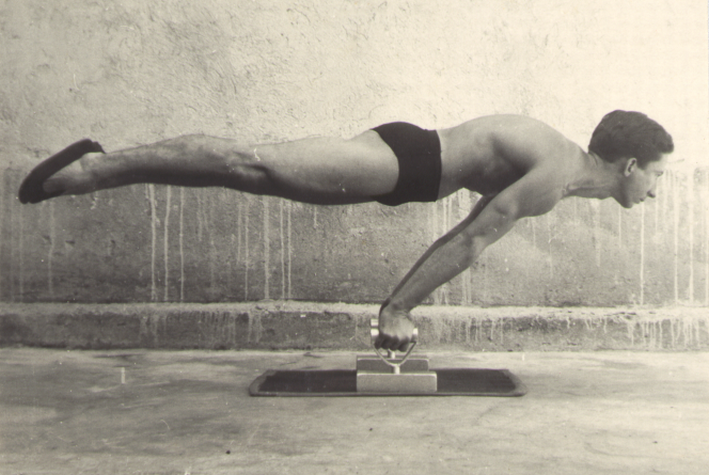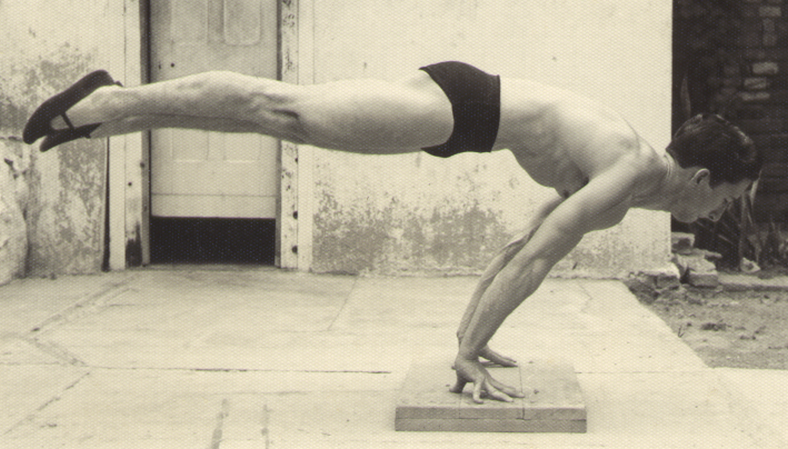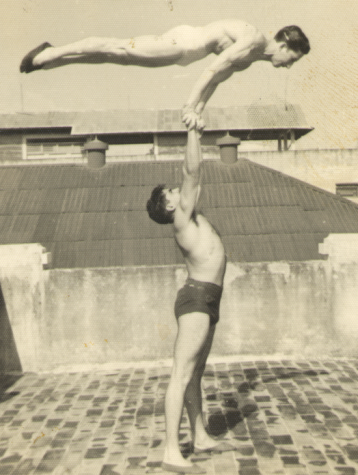Diving into a few questions and comments today.
“In the hand stand, and especially in the bridge, the main persisting difficulty is an inherent wrist weakness. In fact I observe steady improvement in back and shoulder flexibility, but the wrist is always setting me back!”
Joseph
I know your pain Joseph, having my own share of wrist problems. But I’ve come a long way in part thanks to handstands.
Here’s a few things you can try out. Always stretch before hand balancing or bridging. Just open the wrist back as far as it will go. And afterwards its great to work it the other direction too.
Try working some of the positions of the fists as well. This is known to help strengthen the wrists.
Of course there is much else to do, including many mobility drills for the hands and fingers. Since this is a problem for many people I’ll be covering it in more detail in the future. But for now I hope that helps.
Onto another comment.
“I got it! Thanks a bunch. I’m pleased with the quality of the material and your service.
“The handstand is really one of the most difficult skill I’m trying to learn, I’m almost there. Been practising since august but I was doing it wrongly by starting to do the handstands and not the build up moves! now I know what I know I’m doing wrong.
“Unfortunately my online friend who is into handbalancing didn’t tell me about the build up moves so I ended up wasting a lot of time practising doing handstands immediately. And most of the resources over the internet failed to teach this important aspect in learning this skill. Out of desperation I even attended a gymnastics class once. After many months of practice (4months) out of 10 attempts 1 will get thru and I would consider that a lucky day if I could hold it for 3seconds! It got so frustrating that I was ready to give up.
“I’m not back to ground zero but I could feel its just a matter of time in learning this. I’ve already mastered the frogstand, headstand and now been practising the kick up. Next would be the forearm stand.
“Here in the philippines, there isn’t much interest in handbalancing. I could only see some B-boys doing a walking handstands but doing static holds? I’ve never seen one. Though when I saw the press to handstand I was blown away by some guy at the gymnastics class.
“Ok got to read the books and dvd! I can’t wait till I can master the handstand! Once I could balance for 30 seconds then on to the advance course.
“Handbalancing is truly a lost art. It’s great that you that you decided to open this resource site.”
Regards,
Gerald
Thanks for sending in the report Gerald. You are too right. Learning the handstand can be frustrating, especially if you take the long slow road of going right to it.
That’s why I created the Secrets of the Handstand Quickstart Guide to give you the lead-up stunts you mentioned and plan to attack the handstand in an easier way.
Once you have that its just a matter of time and practice. You’ll be holding a handstand for 30 seconds in no time.
“How do you correct the arch of the back in a handstand?”
Martha
Let me start off by saying that arching in a handstand is not wrong to do as many people believe. But if you want to straighten out here’s what to do.
Go back to the wall.
Walls are flat so kick up into a handstand and straighten out to the point where all the points on your body are in contact with it.
Of course, you’ll also bring your head down in between your arms and this alone will help to eliminate the arch.
But don’t expect this to go away overnight, and especially be able to balance in the position. You’ll have to work at it to re-configure the body to do as you please since an arched handstand is not only easier but more natural.
That’s it for today. Going to have some new stuff for you this week so stay tuned.
Good Luck and Good Hand Balancing,
Logan Christopher
P.S. Frustrated with the difficulty of the handstand? Don’t know the best place to begin? Find the proper path with the Secrets of the Handstand Quickstart Guide
 A number of people at the site have expressed an interest in building flexibility.
A number of people at the site have expressed an interest in building flexibility.











